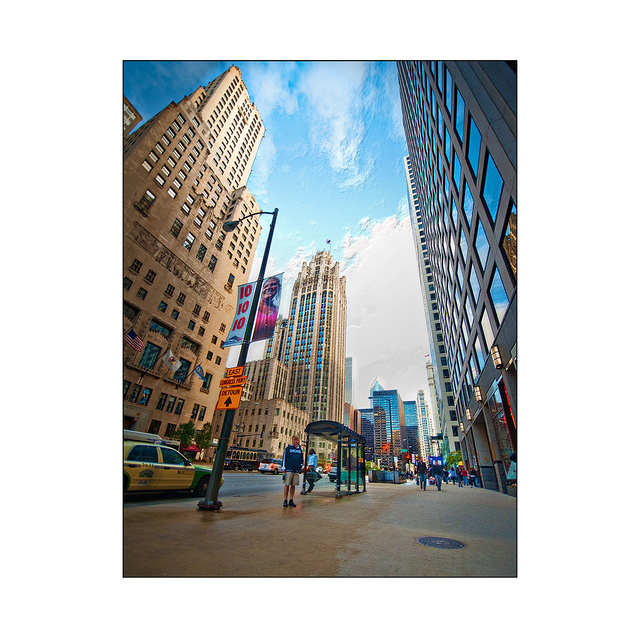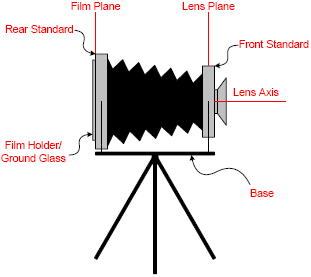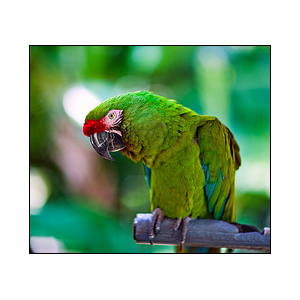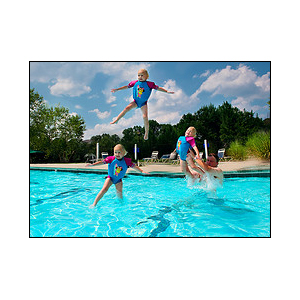 |
 |
 |
  |
 |
|||||||
| Workshop Day | February 17, 2011 (Thursday) |
| Due Date | As soon as possible, since most of the work is already done - at the latest February 22, 2011 |
Workshop 4: Metering.
Workshop: Analyze two methods of digital metering:
- [White Towel] Chuck Gardner’s: white towel exposure method [link here, and text copied below] &
- [Hands] Metering with your hand with a blind LCD
You will do 2 experiments both with the smae partner that is assigned to you, if you don't complete the assignment in class, you may finish the workshop with a different subject at home. It must be a human subject.
Method 1: Chuck Gardner's White Towel Method
Material and Camera settings:
- White Terry Cloth Towel (provided)
- Set your camera to manual exposure,
- Use Spot metering (or if you don’t have spot metering use the metering that uses the smallest area to determine exposure)
- LCD with highlight warnings turned on (set " blinkies" to on).
The idea behind the white towel method (http://super.nova.org/DPR/OEW) is to avoid loss details in the highlights without over-correcting or under-exposing the image. The key of this metering technique is to leverage your digital camera by first taking a 'test' exposure of the scene (your last shot) then check for blown hightlights, and then correct if needed.
As you may have noticed, avoiding blown highlights can be especially challenging for skin, because skin has a propensity to overexposed first in the red channel causing the highlights to look flat and yellowish which is difficult to detect by the naked eye or on the LCD after taking the shot.
To avoid over-exposure, but still exposing to the right, the white terry cloth towel method, introduces into the scene a subject with highlight (whites) that has textures and use that as a gauge to avoid overexposures [recall metering to the 'right' method].
If the detail is lost in the towel it is an indication that details are being lost in the subtle highlight transitions and the red channel in the skin. Getting the most out of a digital camera distills down to exposing the file so the highlight detail is just below the point where the detail would be lost with any more exposure.
Of-course as we have learned exposing for the highlights is only half of the exposure equation; since the scene may have a much larger sensor range than your camera, it may be advantageous to open up the shadows either by adding flash or bracket the scene, but for now and to limist the scope of the experiment we will focus on just exposing to the right.
Exercise: Photograph your partner outdoors under 4 different light conditions, using the white towel method. Meter on the towel, shoot, see if you see highlight warnings or blinkies; the select the exposure that is a stop before you see the high light warnings on the towel. Then shoot without the towel as your final exposure.
Here are the 4 light conditions you need to produce a final exposure:
- Shadows,
- Open shadows, and
- No shadow – shot into the sun, sun at back of your subject
- No shadow – shot with sun behind your back
Do not erase any images. We know that your final exposure is the one without the towel.
Method 2: Palm of Your Hand Method
Palm of your Hand Method, the portable meter method:
Material and Camera settings:
- Grey cards (provided). You will calibrate your hand with a Grey Card (too see how close your hand is to 'middle gray').
- Set your camera to manual exposure,
- Use Spot metering (or if you don’t have spot metering use the metering that uses the smallest area for exposure)
- Gaffy tape (provided): LCD will be taped shut, you may not look at the LCD for feedback during this part of the workshop. [you must solely rely on your meter].
The idea of this exercise is first calibrate yourself by determining how far the palm of your hand is from middle gray, and then to use your hand as a metering aid during the shooting part of the exercise. You may not use the grey card after you calibrated your hand with the camera.
For example, suppose you found that your hand is one stop away from middle gray, then during the exercise you will illuminate your hand by the same light as your subject, then use a lens opening 1 stop larger or set the shutter speed to one stop slower than the meter indicates. If it was a two-stop difference you adjust for that accordingly.
As another example if you use aperture to control exposure, suppose that a reading off your hand is f/16, the you will need to open up one stop to f/11 to get the correct exposure. The exposure increase is necessary because the meter overreacts to the brightness of your palm, which is about twice as bright as an average subject (recall that twice as bright is one stop). When you take the reading, be sure that the lighting on your palm is the same as on the subject. Be sure to use the same light as your subject, e.g., if your subject is not in shade then make sure not to shade your palm while taking the reading.
Exercise: Photograph your partner outdoors under 4 different light conditions, using your hand as a metering reference. Here are the 4 light conditions you need to investigate.
- Shadows,
- Open shadows, and
- No shadow – shot into the sun, sun at back of your subject
- No shadow – shot with sun behind your back
Do not erase any images.
Q/A:
What is open shadow/open shade?
Technically speaking, "open shadow" is shadows with details. It is created by diffused light, you can find an open shadw by positioning your subject shadowed area (such as under an over hang or under a tree) that is bordering a sunny area. Have your subject face the sunny area. Now the light from the sunny area diffuses into the 'shadowed' area.
Submit:
Create two sets in your flickr account, call them "White Towel Metering" and "Hand Metering" and put 4 images in each album, i.e., shadow, open shadow, no shadow shoot into the sun, no shadow sun behind your back. Then submit to the group the best shot from each album.